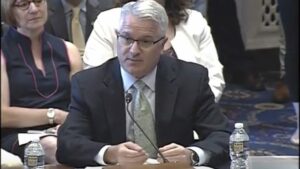2020 is upon us, and different companies and organizations are looking for new solutions to reach the public.
There’s a phrase that younger generations use when New Year’s comes around. “New year, new me,” they say, stating that with the new year comes brand new ideas and new branding for themselves.
Similarly to today’s youth, companies are working on putting this idea of “New year, new me” into 2020. Except, instead of “new year, new me,” the focus is on “new year, new solutions.” How can they improve? How can they connect better with the consumer and explain the seed industry? How can we relate the consumer to us?
The answer: new ideas, new solutions.
Independent Together, Working Together
One company making a fresh start is Bayer. In August 2018, Bayer completed the acquisition of Monsanto to form the new Bayer Crop Science. Leticia Gonçalves, senior vice president and U.S. Country Division head, sees the merger as a tremendous opportunity to be transformative in the agriculture industry. The combination brought together Monsanto’s industry-leading seeds and traits with Bayer’s extensive suite of crop protection products, giving customers a wide range of solutions to meet their needs. The portfolio, along with digital tools, allows the organization to deliver more customized solutions to farmers.
“We really need to use tailored and more customized solutions to meet their needs and also help anticipate future needs,” she says.
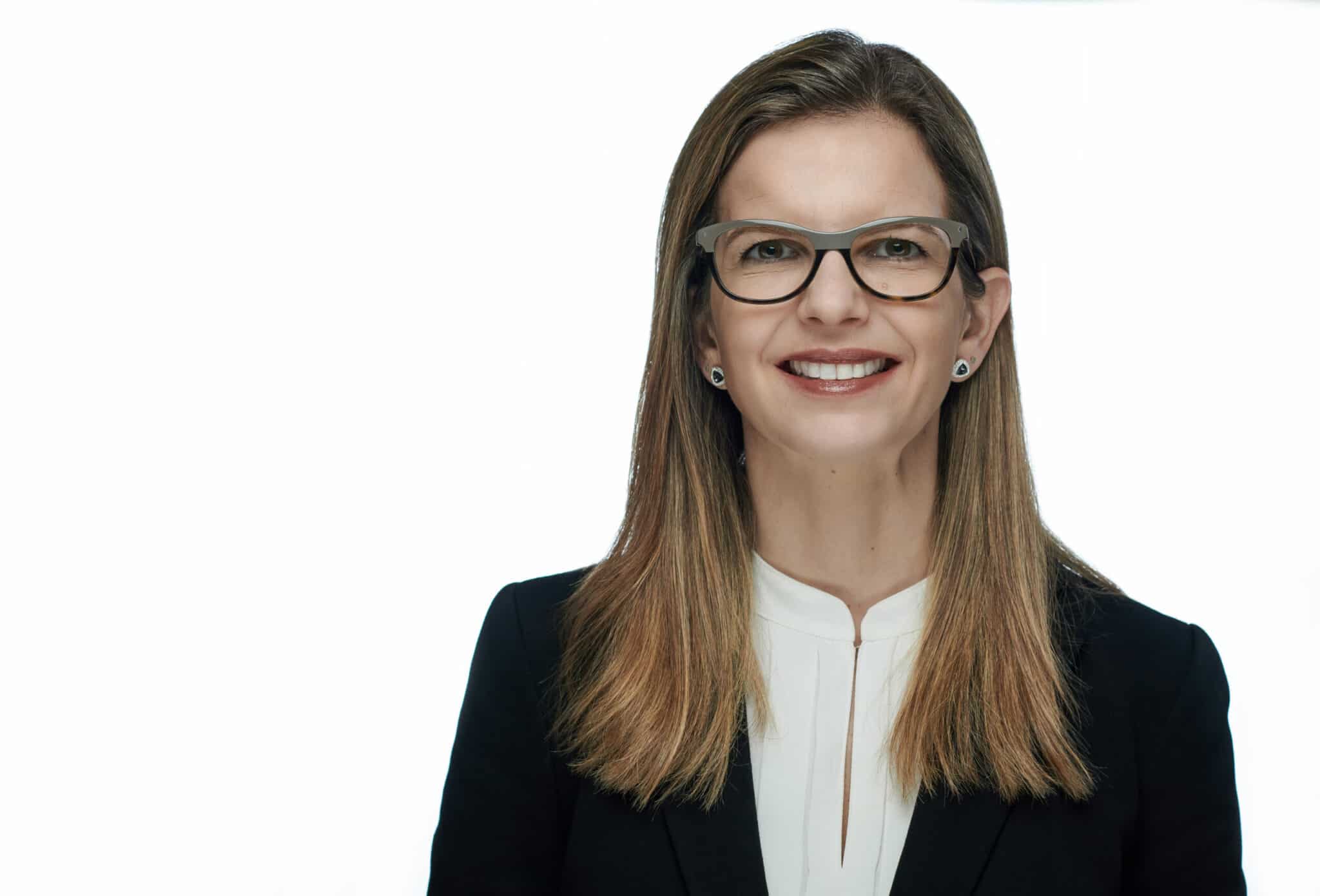
Bringing the Bayer Crop Science and Monsanto commercial teams together took place over the last year. At the time of the close, the two organizations were in their sales season; now they are embarking on the first selling season as a combined organization. But throughout the planning and integrating process, teams remained committed to their customers’ success.
“Our first priority this year was really to focus on our customers, making sure we don’t disrupt our business while we drive collaboration between the legacy company organizations,” Gonçalves says. It will take some time for the organizations to be fully integrated, but, “I truly believe we’re going to be transformative.”
Besides ensuring a smooth transition, Gonçalves says another thing on their mind is creating a new culture for the new Bayer.
“Culture is one of my passions,” she says. “I feel that we cannot just use existing cultures, especially being two companies that come from different legacies — one is a German company and the other is an American company.”
Since these two companies come from different backgrounds, Gonçalves believes that a new culture will strengthen teamwork and leadership.
“We’re going to define our values and what we want to stand for in the future,” she says. “Right now, we want that to be centered around the customer, as well being purpose driven, collaborative, risk taking and able to make agile decisions.
“How we define our culture gives me passion,” Gonçalves says. “We are very focused on strong values in Bayer Crop Science, which ties to the company’s better LIFE values. So it’s all about Leadership, Integrity, Flexibility and Efficiency as a way for us to demonstrate who we are in everything we do — in how we do business, but also how we work internally and externally with our stakeholders as well.”
But Bayer isn’t the only company working on changing their mindsets.
John Wyffels, president and CEO of Wyffels Hybrids, says Wyffels is changing their ways of thinking to match what he calls an “independent mindset.”
“Independent means that our independent family ownership enables independent decision making,” he says. “That allows us to have a customer first mindset as we manage the business. It allows us to be in the field and have conversations with the grower and understand their needs. Then, when we’re not meeting those needs, we know where to do better.”
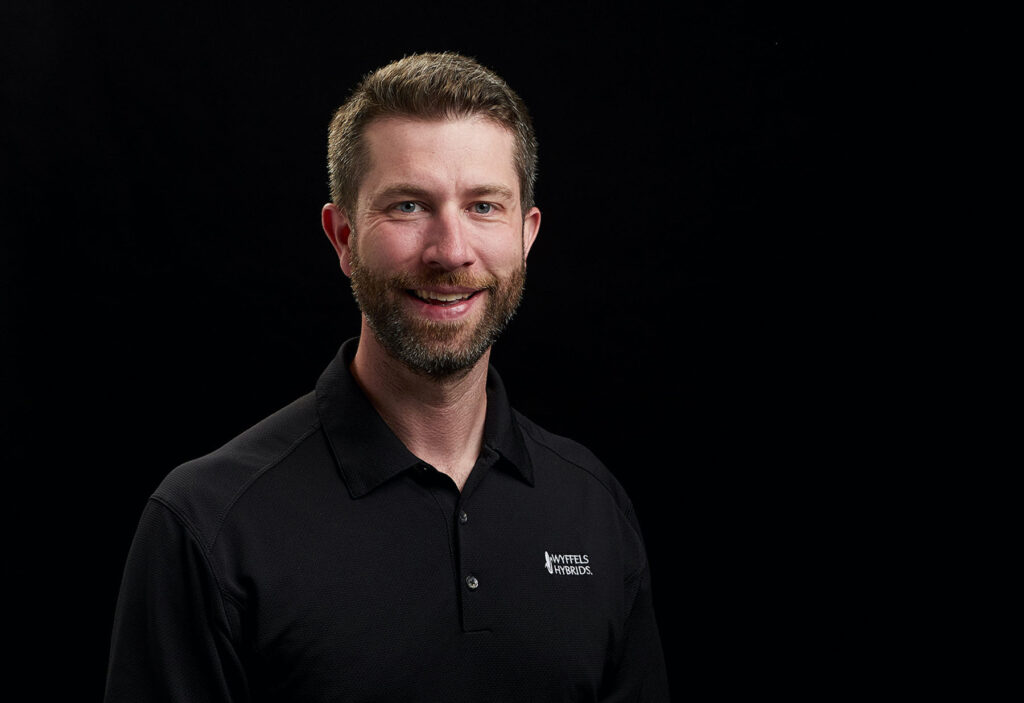
Wyffels says that with this new, independent mindset comes new goals and new ideas.
“We’ve come from a path where we had a vision of doubling the seed business in 2010,” he says. “We wanted to double in 10 years, and we actually hit that goal ahead of time. We’ve been able to accomplish that in the last five years, and we are looking forward to setting another vision to continue growing the business.”
As for the next goal, Wyffels already has something in mind.
“It’s really about reconfirming for our people and our customers and for those that we license technology from why we do what we do,” he says. “That is really focused on the American family farmer and taking my gandfather’s initial vision of helping those neighbors by improving their crop, their production and their profitability year after year. Our vision is to be the most respected brand in the seed business.”
Like Bayer, when it comes to new goals and focusing on your vision, Wyffels says they need to double down on what values are most important to the company.
“We’ve talked a lot about values in terms of what are going to be the most important things for us as we build out team and our culture to be successful,” he says.
But values aren’t the only thing organizations are looking at to change. Some organizations, while looking inside themselves, instead look to become self-sufficient with new technologies.
Solutions to Become Self-Sufficient
While organizations and companies are working to get their message out better to the consumer, some plant breeders are working on how their research can relate better to the consumer. Sometimes, that means bringing popular culture into plant breeding.
One of Michael Kantar’s favorite things is Netflix, because he enjoys binging longform stories in one sitting.
“In some ways — getting back to thinking about plant breeding, thinking about academics — you get to see that real longform story and it also reminds me a bit of books,” says Kantar, assistant professor at the University of Hawaii and incoming chair of the plant breeding coordinating committee of the National Plant Breeders Association (NAPB).
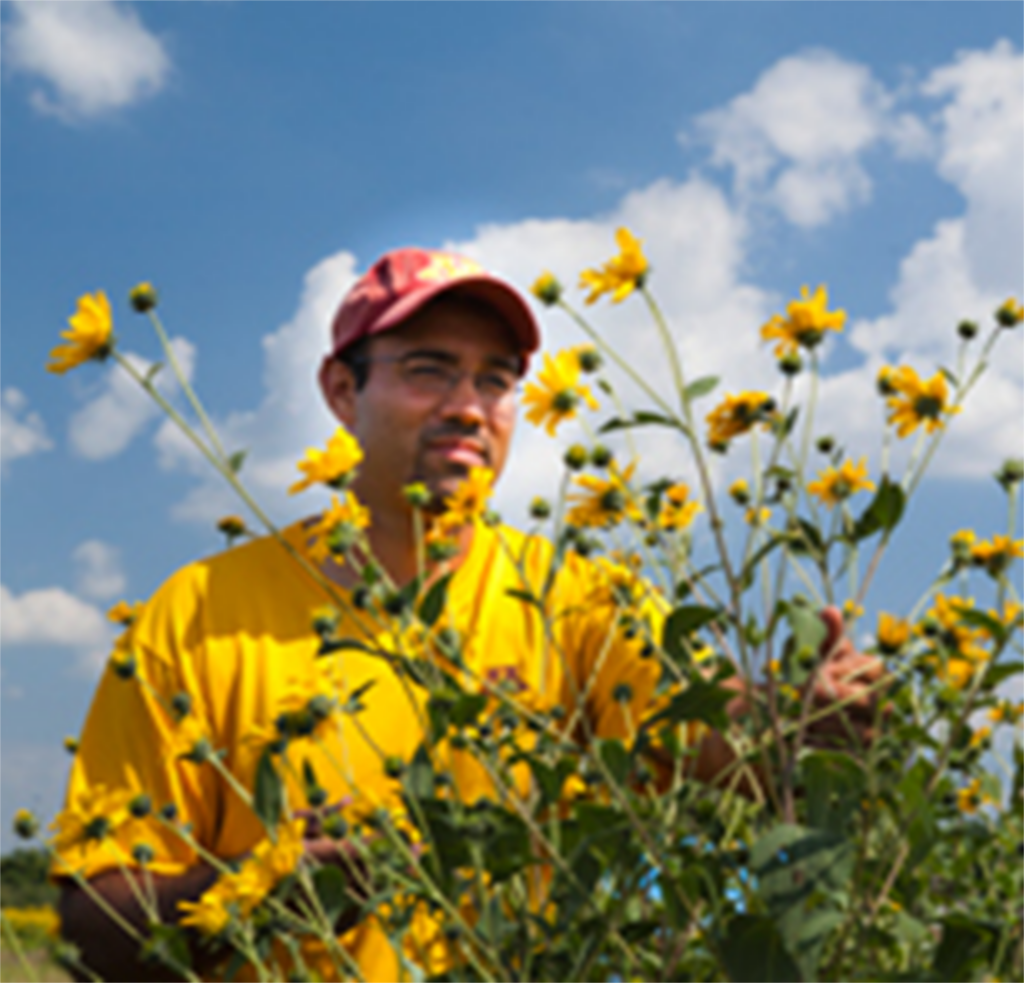
Plant breeding, such as these new technologies like Netflix and Hulu, is meant to make our lives better and easier as new breeding technologies progress.
Kantar says one reason he loves attending the NAPB conferences is getting to learn some of the new, cutting-edge technologies during the conference talks. His favorite portions? Hearing about all the new U.S. Department of Agriculture grants.
“You really get to see what’s cutting edge, what people are trying and all the things that might be the best technology,” he says. “There’s a lot of really great technologies that you can apply, but it is tough to apply when you are in a small lab. But a lot of these new pilot projects, new technologies that are implemented in a small scale ‚Ķ it’s so much fun to hear.”
But, even if Kantar’s lab can’t manage to implement the most cutting-edge technology, he and his students are currently working on how plant breeding can help adapt crops to climate change.
“My lab is continuing to do a lot of work with working on land races, working on pre-breeding, trying to think about adaptation to climate change,” he says. “In the past we have done work in trying to identify genetic variances associated with the adaptation of climate change. We are continuing that work in a number of species, most notably pepper. But what we’re trying to do is take a little bit of a different spin on breeding in some ways. We are trying to figure out the smallest possible breeding program that will be self-sufficient.”
To determine this, Kantar says they’re working with community partners to try and figure out exactly what a small breeding program needs, and how much of a market a particular cultivar supports, as well as if it’s something that a consumer would buy.
“It’s nothing new, but we are trying to hit a single instead of a home run,” he says.
Changing the Consumer’s View
Some organizations, like the American Seed Trade Association (ASTA) and the International Seed Federation (ISF) are working on the message they’re sending out to the community — but not just the seed community. Both organizations are working on getting a wider message about the seed industry out to the consumer as well.
One project ASTA has been working on for the entire year is a collaborative project with Biotechnology Innovation Organization (BIO) called Innovature — a platform for a dialogue about innovation in food and agriculture, with a current focus on gene editing.
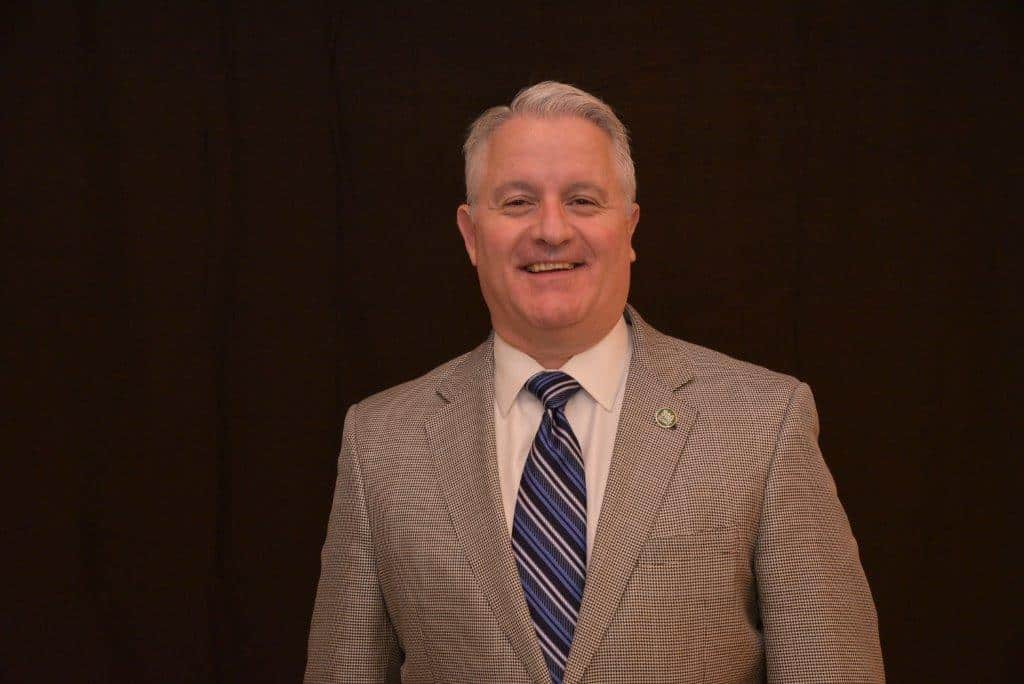
“We created Innovature to have a conversation,” says Andy LaVigne, CEO of ASTA. “We realized in working with BIO, that we need to talk about the evolution of breeding that’s going on out there.”
LaVigne says that Innovature is meant to connect communities to help foster a conversation with the consumer about agriculture innovation and the potential it holds to address some of societies’ biggest challenges, from climate change to food security.
“We realize the ongoing research and discovery that has been done to help us better understand plant genetics is important to convey to the consumer and to the influencers that are out there in the food world today, so that they understand and can communicate to their audiences,” he says. “We see this as a great platform to talk about our planet, our health and our food. Those are the three key pillars for our program moving forward.”
“We are a joint community when you think of it,” LaVigne says. “The animals have to have something to eat. We are producing the crops from the seeds that our brethren in the livestock community — whether poultry or cattle or dairy — need to feed those animals to keep them healthy and to raise them and bring them to market. It’s a very connected community, and we believe a lot of the science is very similar as we look at the produce, grass and forage, conservation and all the other seed markets.”
As for ISF, they’ve been hard at work engaging with more actors in the agriculture value chain. At this year’s World Seed Congress, the theme was called “Where Knowledge Flows,” and Michael Keller, Secretary General of ISF, says that their intention was to show how the seed industry is having open discussions with the global agriculture community and consumers.
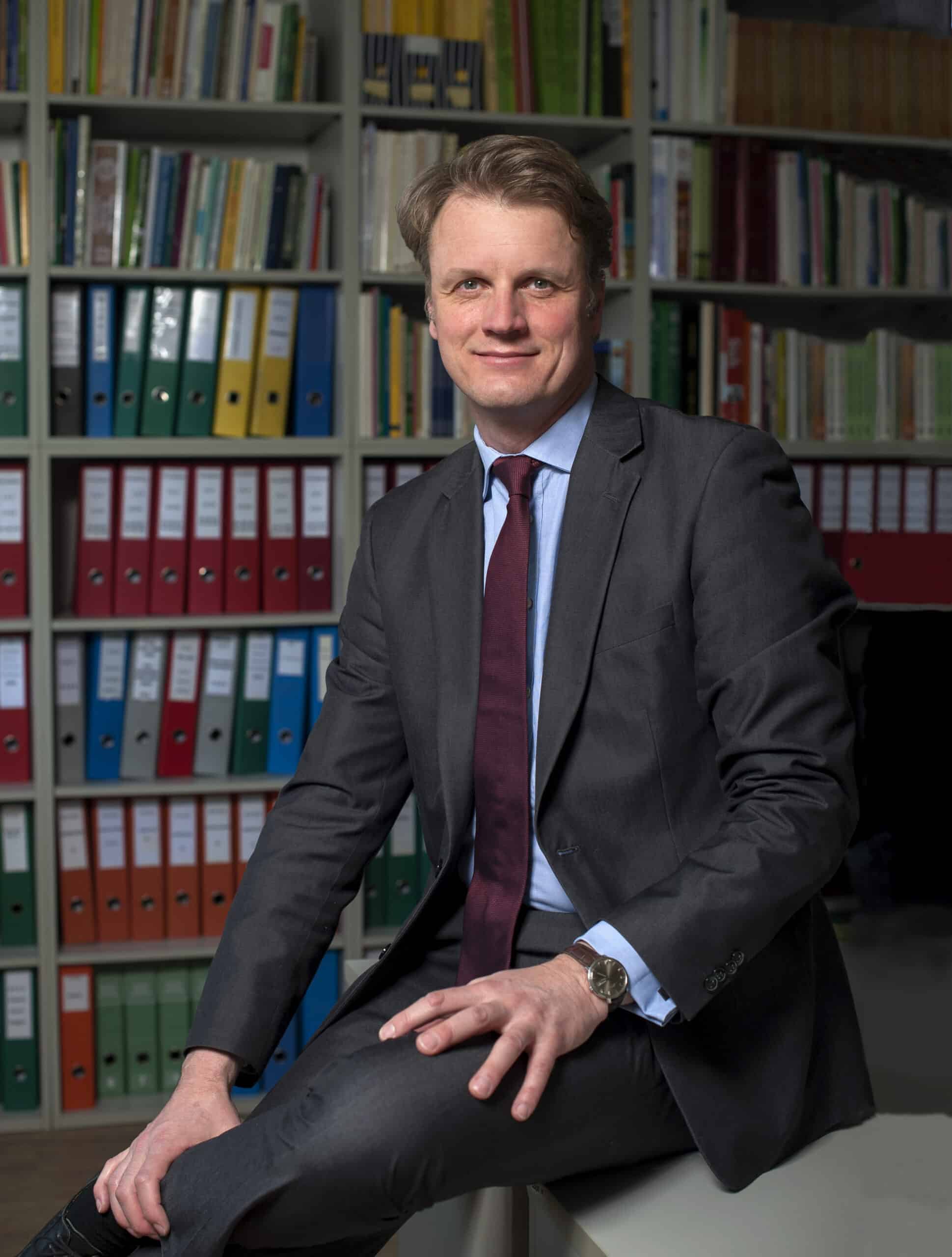
“We have open discussions, and we’re engaging with a broader audience,” he says. “The idea is really that we as a seed sector cannot do it alone. We need to do it with our partners — with the international organizations, governments, NGOs, farmer associations and the food and feed value chain — to be able to achieve our vision in the end. What’s our vision? It is making quality seed accessible to all, supporting sustainable agriculture and food security. Therefore, the theme is really doing it together in an open-minded, collaborative spirit.”
Keller says one of the most important things the seed sector and ISF can do now is engage.
“Our sector needs to engage and inform — we need to engage with consumers, we need to engage with the media to explain where we are coming from, what we are doing and what our contribution is to sustainable agriculture and food security,” he says. “Therefore, engagement is important, communication is important and collaboration is important.”
One way ISF believes they can engage more is by putting focus on how the seed industry is currently working in the area of the United Nation’s Sustainable Development Goals (SDGs).
“Seed is the starting point of all crop production,” Keller says. “When you look at the SDGs, many of them — like zero hunger, no poverty, life on land, climate action — are inseparable from our vision of food security and sustainable agriculture. This has been our work’s purpose over the previous decades.
“I think the seed sector is strategically positioned to contribute further to zero hunger, no poverty, and climate action. That is also what we’re saying to the governments — we need everyone on the national level to have the right discussions, the right set of regulations and supply chain markets for the farmers,” Keller continues. “This is how we will continue to innovate, to provide access to quality seeds to farmers, and to contribute what we can at our level.”



